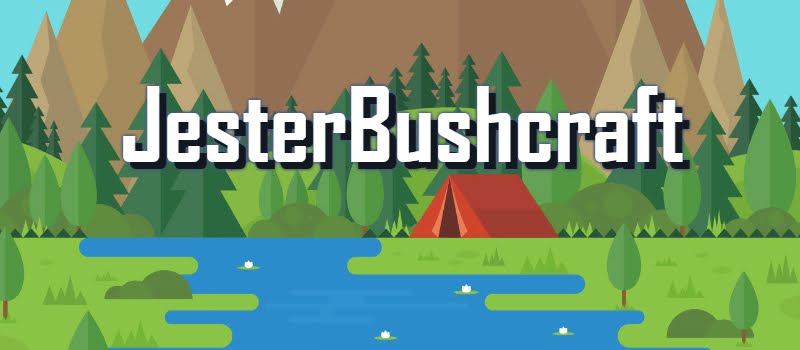Approximately 12 attendees congregated in the visitors centre, chit chatting about the reserve itself and our reasons for attending the foray. At around 2pm Dr Irene Ridge arrived, introduced herself, then off we went into the glorious sunshine and the nearby woodland.
We had only walked a couple yards into the woodland and the identification began. We were encouraged to wander about ourselves, searching for any fungi. Once a specimen was located, the rest of the group would gather round, whilst Irene identified the fungi and explained a little more about its characteristics and possible uses.
Soon after the first fungi was found, we were all foraging around in the leaf litter trying to find the next specimen. Turns out, having only walked a couple of yards, we spent a good 20 mins in this same area, turning up new fungi to be identified.
It was great to watch Dr Irene, going through her sequence of tests to positively identify the differing fungi. And was equally surprising to watch her taste some of the fungi in an attempt to confirm her theories. You have to know exactly what you're doing in these cases and Dr Irene sure knew her stuff.
We eventually wandered back onto the path and further into the woodland, in search of more fungi. I had been at the same reserve a week previous and knew of some good specimens to identify. One of which I suggested to Dr Irene to visit. Having given her the name of the fungi "Shaggy Inkcap", she commented that they were short lived, but I ran on ahead to check it was still there. Only to return, saying "Yes, you're quite right...short lived", as the fungi was now nowhere to be seen.
This in itself was a lesson learned, that fungi sometimes only have short lifespans, so if you do find a fungi specimen, take a photo of it for future reference and cataloging.
On we pressed, picking out smaller and more camouflaged fungi as we got familiar with the more common species. As I mentioned earlier, I had been here a week ago and had obviously missed a great deal of fungi that were hiding in the undergrowth. But I was know really getting into it and was eager to locate more and more fungi. I was like a kid in a... well, a woodland FULL of fungi.
As one of the younger members of the foray, I was able to spot some of the less obvious specimens (See photo above, left)
One particular fungi we located was a common stinkhorn (Phallus impudicus) and believe me, you certainly smell this particular fungi before you spot it. I had smelt this odour before when out walking in woodland, but never realised it was a type of fungi or even the stinkhorn. I suppose the name gives you a bit of a clue. The Latin name also made me snigger a little, but I suppose it's one you're not going to forget.
I was also amazed to learn that the stinkhorn can form from the egg stage (See photo left) to the fully grown fungi (Above)within a matter of hours. You could potentially watch this fungi grow before your very eyes, something I hope to witness at some point in the future. The stinkhorn we found was in its latter stages and had started to fall apart, but you could still see the lattice framework of the stem and the remains of the cap.
There was so much information, Latin names and common names to remember. But these are all things I can study over time, referring to photos and notes I have taken, building up my knowledge slowly but to a point where I can positively identify the fungi.
Before attending the foray, I had said to myself that if I came away with one new snippet of new knowledge, it had been worthwhile. Well I came away with much more than that and can now positively identify 3 or 4 new specimens of fungi, that I couldn't before. I am also more confident handling the fungi, knowing what characteristics to look for and where to look for them.
The foray actually over-ran, by about quarter of an hour due to the number of fungi we found, but Dr Irene was happy to continue identifying the specimens as we unearthed them.
Finally back at the visitor centre, I said my thank you's to Dr Irene and returned home, content with what I had learned and am now looking forward to going out in my local woodland to continue with my study of fungi.
I recommend anyone with a vague interest in fungi or just wildlife in general to attend an event such as this, as they are fun to go on, gets you out in the fresh air and you also learn some useful stuff too.
Whilst in the Mere Sands Wood Visitor Centre I picked up a leaflet on a website called iSpot.org.uk which is all about sharing your wildlife observations. Whether it be fungi and lichens, plants, fish, invertebrates, birds, mammals or amphibians and reptiles.
You can basically upload images of any aspects of wildlife to this site which is run by The Open University adding any info you may have, such as location, characteristics etc. and there are other like minded people on the site that can help you identify your findings.
It is a great reference site for anybody interested in wildlife in general and well worth a visit.


































